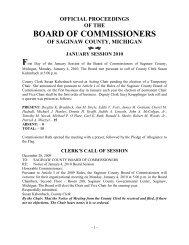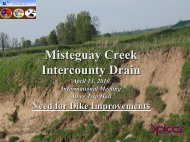The Metropolitan Transportation Planning ... - Saginaw County
The Metropolitan Transportation Planning ... - Saginaw County
The Metropolitan Transportation Planning ... - Saginaw County
You also want an ePaper? Increase the reach of your titles
YUMPU automatically turns print PDFs into web optimized ePapers that Google loves.
<strong>The</strong> <strong>Metropolitan</strong> <strong>Transportation</strong> <strong>Planning</strong> Process: Key Issues<br />
Attainment Area<br />
An area considered to have air quality that<br />
meets or exceeds the U.S. Environmental<br />
Protection Agency (EPA) health standards<br />
used in the Clean Air Act. Nonattainment<br />
areas are areas considered not to have<br />
met these standards for designated<br />
pollutants. An area may be an attainment<br />
area for one pollutant and a<br />
nonattainment area for others.<br />
C<br />
Capacity<br />
Capital Program Funds<br />
Carbon Monoxide (CO)<br />
Clean Air Act (CAA)<br />
A transportation facility's ability to<br />
accommodate a moving stream of people<br />
or vehicles in a given time period.<br />
Financial assistance from the Capital<br />
Program of 49 U.S.C. This program enables<br />
the Secretary of <strong>Transportation</strong> to make<br />
discretionary capital grants and loans to<br />
finance public transportation projects<br />
divided among fixed guideway (rail)<br />
modernization; construction of new fixed<br />
guideway systems and extensions to fixed<br />
guideway systems; and replacement,<br />
rehabilitation, and purchase of buses and<br />
rented equipment, and construction of busrelated<br />
facilities.<br />
A colorless, odorless, tasteless gas formed in<br />
large part by incomplete combustion of<br />
fuel. Human activities (i.e., transportation or<br />
industrial processes) are largely the source<br />
for CO contamination.<br />
<strong>The</strong> original Clean Air Act was passed in<br />
1963, but the national air pollution control<br />
program is actually based on the 1970<br />
version of the law. <strong>The</strong> 1990 Clean Air Act<br />
Amendments (CAAA) are the most farreaching<br />
revisions of the 1970 law. <strong>The</strong> 1990<br />
Clean Air Act Amendment is the most<br />
recent version of the 1970 version of the<br />
law. <strong>The</strong> 1990 amendments made major<br />
changes in the Clean Air Act.<br />
Congestion Management System (CMS)<br />
Systematic process for managing<br />
congestion. Provides information on<br />
transportation system performance and<br />
finds alternative ways to alleviate<br />
congestion and enhance the mobility of<br />
people and goods, to levels that meet<br />
state and local needs.<br />
Congestion Mitigation and Air Quality<br />
Improvement Program (CMAQ)<br />
A categorical Federal-aid funding program<br />
created with the ISTEA. Directs funding to<br />
projects that contribute to meeting national<br />
air quality standards. CMAQ funds<br />
generally may not be used for projects that<br />
result in the construction of new capacity<br />
available to SOVs (single-occupant<br />
vehicles).<br />
D<br />
Department of <strong>Transportation</strong> (DOT)<br />
When used alone, indicates U.S.<br />
Department of <strong>Transportation</strong>. In<br />
conjunction with a place name, indicates<br />
state, city, or county transportation agency<br />
(e.g., Illinois DOT, Los Angeles DOT).


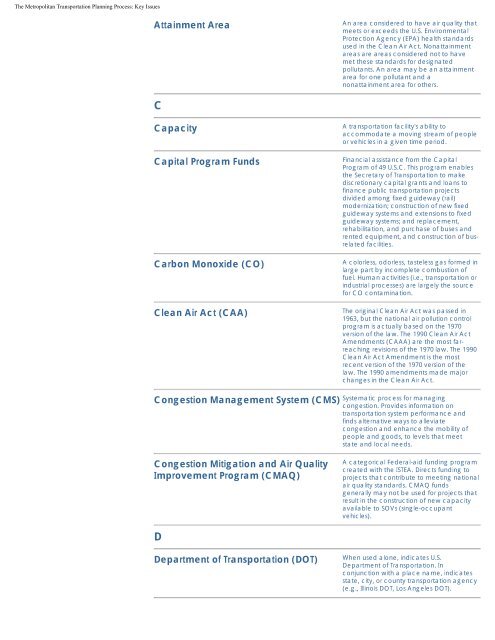
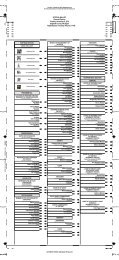
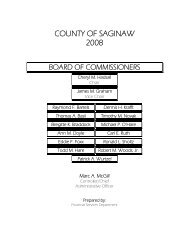
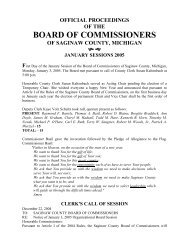
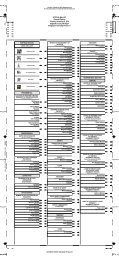

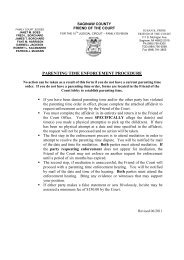
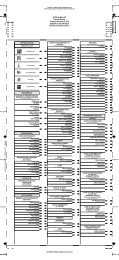
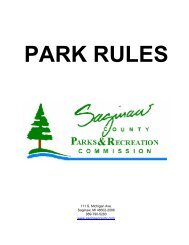

![[ Of Commissioners] - Saginaw County](https://img.yumpu.com/25951211/1/190x245/-of-commissioners-saginaw-county.jpg?quality=85)


